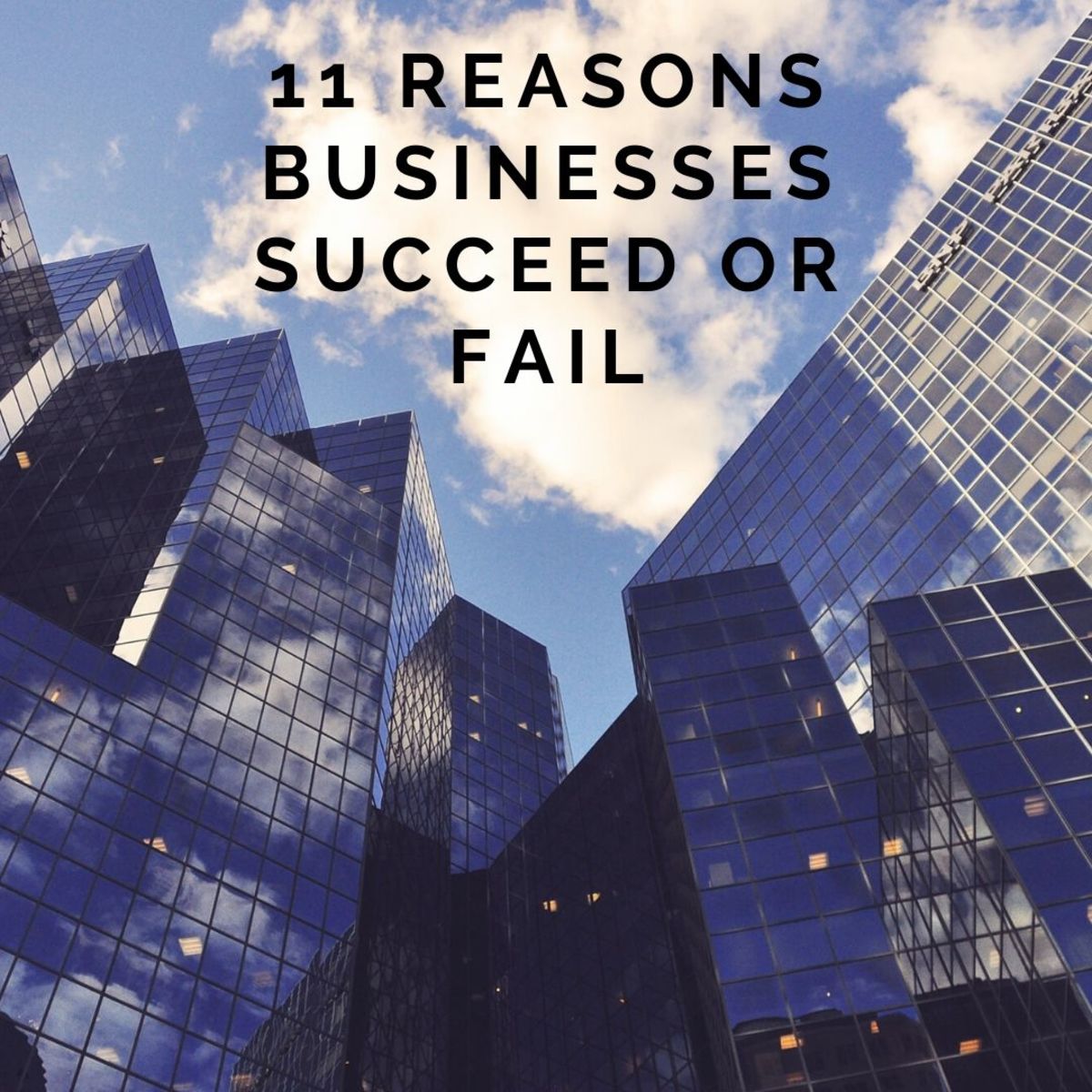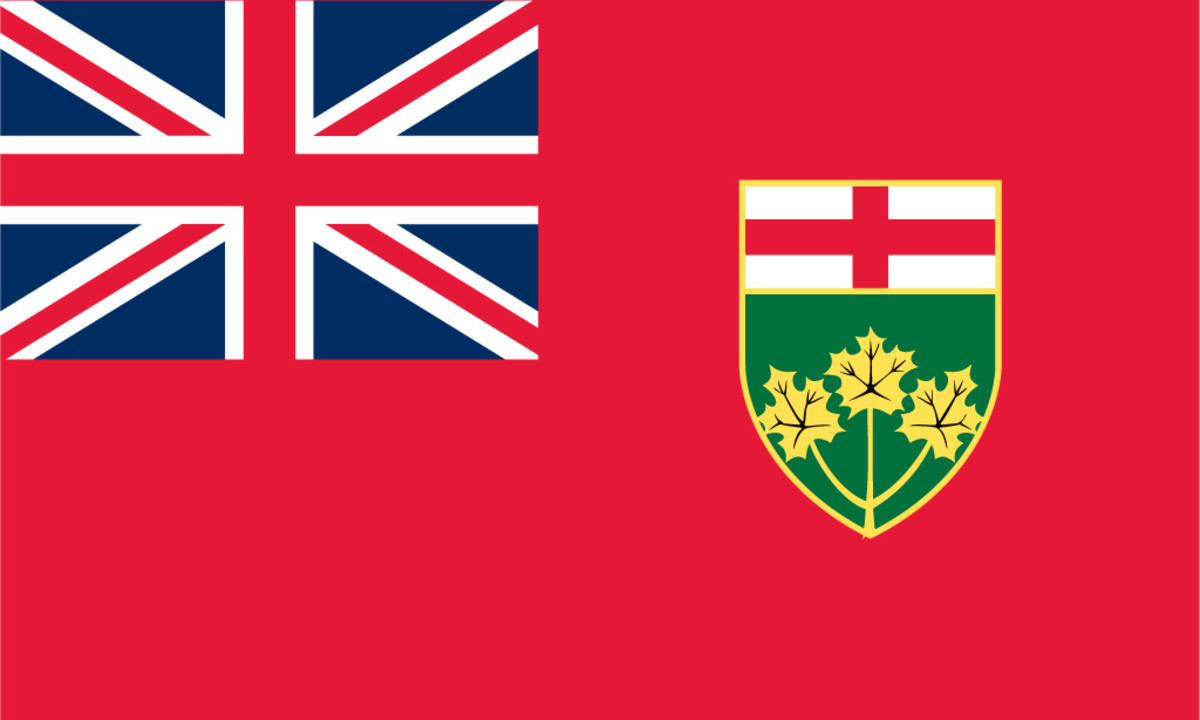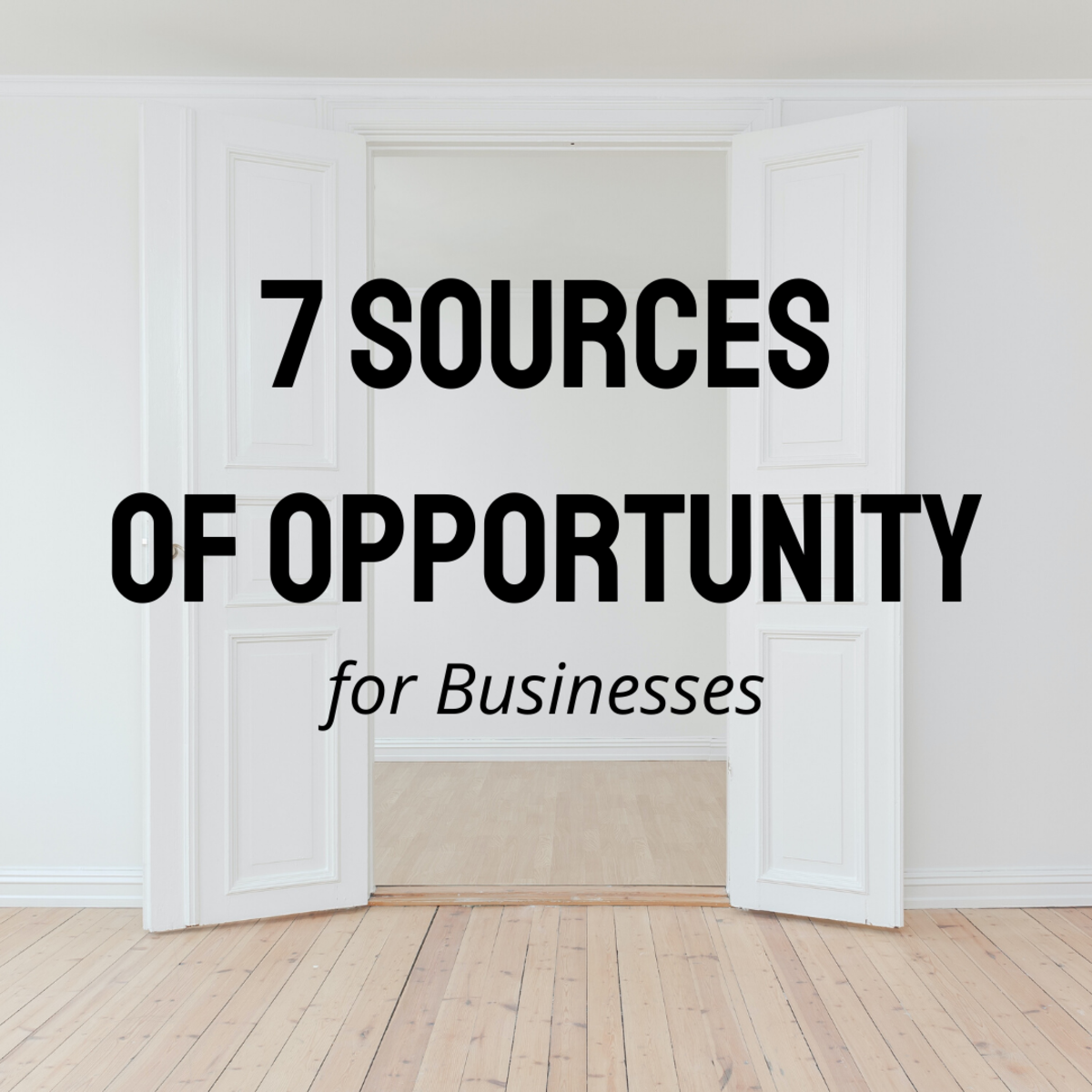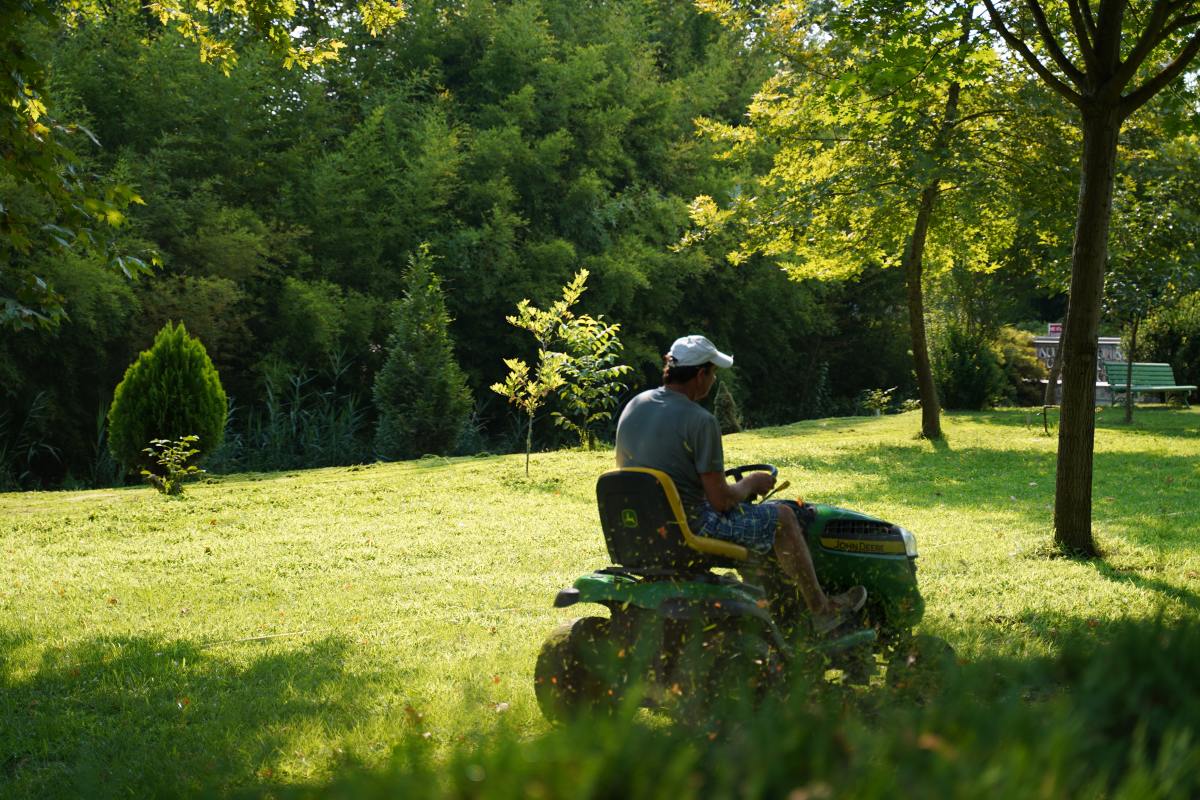Urban Agricultural Enterprises: An Overview
Growing Food in the City
All living beings must have nourishment better known as food. Food production and food distribution, carried out to meet this basic need, are the common ground upon which we can build sustainable communities.
Food production, otherwise known as agriculture and food processing, can create sustainable employment, healthy neighbourhoods and a strong local economy.
How we grow and transport food from the farm to the kitchen defines our society. Fast Food is becoming our most popular food delivery system and it is one of the most environmentally unfriendly.
It is not sustainable to use so much energy to produce the paper, plastic, styrofoam and cardboard that we all too often find on our highways, sidewalks and city streets. How many miles does that ‘special’ meal travel before you eat it? How many gallons of fossil fuel are used in its production, storage and distribution?
A certified organic label means that no synthetic products have been used in the food production processes, this includes livestock feed. Organic food may still travel hundreds and thousands of miles from where it is produced to where it is consumed.
This transportation requires fossil fuel use just as non-organic food does. The organic labels do not guarantee that there is equity in the work place or that fair labour practices exist.
Community gardens are essential and worthwhile community building projects. They bring people together and turn strangers into neighbours. I was volunteer coordinator of a community garden in Thunder Bay, ON and a member of one in Saint John, NB. Community gardens are not urban agricultural enterprises.
An urban agricultural enterprise is a business that is designed to show a profit. A well researched and detailed business plan is essential to the success of any urban agricultural enterprise.
What do urban agricultural enterprises require to thrive?
One: Access to land.
Municipally owned land and unused buildings could be ideal sites for urban agricultural enterprises. Cities ands towns often have vacant land that is not slated for urban development and these sites could be developed as urban agricultural enterprises.
In Thunder Bay, we leased the land for our community garden, from the City, for fourty dollars per year. A similar arrangement could be made for a community business. Also, urban properties are confiscated for failure to pay taxes and could be made available by lease, for example, for the creation of a community business.
Appropriate bylaws will need to be passed and urban planners will need to be encouraged to support urban agricultural enterprises as an appropriate and legitimate land use.
Urban agricultural enterprises can revitalize low-income communities. Brownfields and other vacant lands that are suitable for urban agriculture are often located in low income areas. These sites can be reclaimed by the community businesses and become attractive, productive enterprises rather than empty eyesores.
The establishment of an urban agriculture enterprise in a low-income community not only provides the residents with access to fresh fruit and vegetables but creates employment. On-the-job training could be incorporated into this enterprise.
Urban agricultural enterprises, because they relocalize food production, also jump start the relocaliziation of the economy through new business start-up and job creation. For example, Community Supported Manufacturing (CSM), is being proposed as an essential strategy for Relocalization. CSM is the focal point of a book by Julian Darley, DavidRoom, Richard Heinberg and Celine Rich entitled, Relocalize Now! Getting Ready for Climate Change and the End of Cheap Oil (New Society, 2006).
Relocalization has evolved as a positive response to globalization, Peak Oil, and the destruction of local communities.
Relocalization is the process whereby residents of a community reclaim that community through development of community infrastructure such as locally owned and operated businesses.
Peak Oil is the simplest label for the problem of energy resource depletion, or more specifically, the peak in global oil production.
Urban agriculture enterprises can be created as locally owned and operated businesses. In fact, the workers cooperative business structure is ideal for the urban agriculture enterprise. A workers cooperative is owned and operated by the people who work in it.
Workers cooperatives are democratically designed, for example, one voice, one vote gives all members an equal say in the business’s operation.
City planners have an opportunity to revitalize low income areas by embracing urban agricultural enterprises. Urban agricultural enterprises go beyond the traditional community garden as they do more than green a space and enable people to grow some of their own food.
When looking for land that is appropriate for urban agricultural enterprises lets not forget rooftops. If the rooftops can support the weight then the space that may available for urban food production expands.
The micro-ecosystem of a rooftop may be hotter and windier than a ground level garden, but if the roof is flat and strong enough then a container fruit and vegetable garden may be ideal. As in any business venture a business feasibility study will answer many questions.
Not all gardens need to be outdoors. Today we have the technology to grow an array of crops indoors under lights. This growing method is energy intensive so a renewable energy source such as solar power is important. There are energy efficient grow lights, such as compact fluorescent, plant grow light systems, now on the market that reduce the amount of energy that is required to provide the necessary light.
If, for example, Canada is to make the transition from an export driven food system to a food system that builds sustainable community economies across the Nation, cooperation is required at all three political levels, federal, provincial and municipal.
A multi-stakeholder approach is essential. In addition to the three levels of government, this will require the involvement of community groups, business and industry.
The Vancouver Food System Assessment, conducted in 2005, has set out seven recommendations for a food related social economy.
For example, recommendation number six is to;
DEVELOP A STRATEGY FOR THE FOOD-RELATED SOCIAL ENTERPRISE SECTOR
A strategy to develop social enterprises for the food industry should be pursued. The strategy should include securing resources for developing a leadership group to further map resources, develop a sectoral strategic plan and mobilize support for the plan.
Two: Water
Water is the all too often ignored element. Plants, like all living beings, need water to live and grow. Urban rainwater catchment, diversion and filtration projects need to be a priority on every urban planner’s list.
Greywater water diversion also needs to be taken into consideration by urban planners, plumbers and building contractors. Grey water is made up of the wastewater from our showers, baths, spas, hand basins, laundry tubs, washing machines, dishwashers and kitchen sinks. (It doesn't include water from toilets.) You can water your lawn, ornamental plants and trees with grey water and save fresh water.
What are the benefits of urban agricultural enterprises?
Greensgrow Farms in Philadelphia is an example of how urban agricultural enterprises will:
- Enhance food security as it creates a local food production system that does not depend upon food inputs that must travel hundreds and thousands of miles each day.
- Enhance the local environment as it uses organic food production methods and reduces the distance that food must travel from farm to table. The reduction in distance traveled and fertilizer and pesticide use means a reduction in fossil fuel use. In these times of Peak Oil, this is a step in the right direction, as less fossil fuels are required.
- Enhance the local economy, as it generates community economic opportunities, and enterprises as well as jobs for community members.
Food brings communities together. We can build community, create meaningful livelihood and design sustainable neighbourhoods when we pay attention to how the food we need travels from the farm to the kitchen. And when we ensure there are economic, social and environmental returns on our collective investments..








